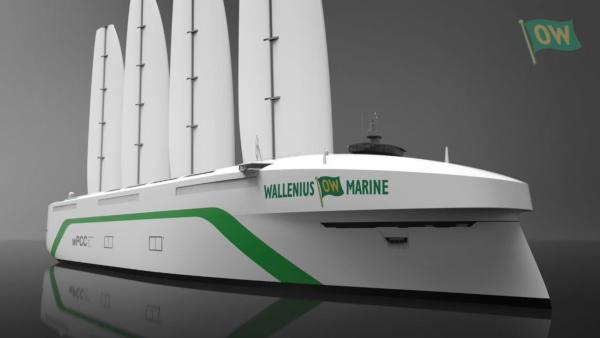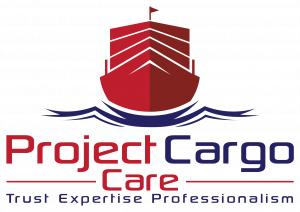
Swedes to back wind-powered car carrier
Trafikverket grants for research and innovation for the three-year development project are allocated according to a preliminary grant plan to the project partners. Wallenius Marine receives a total of around SEK6.6M, SSPA Sweden SEK14 M and KTH Royal Institute of Technology SEK6.5M The development work began at the beginning of January.
“This means a paradigm shift in shipping,” says Jakob Kuttenkeuler, Professor, Centre of Naval architecture, KTH. “Today’s ships run too fast and consume a lot of fuel. It has worked with low oil prices, but the environment has suffered. This is the world’s first realisable emission-free ship concept in modern times.”
According to Wallenius Marine, however, the Swedish design will be the first newly-built oceangoing sailing vessel for commercial cargo traffic since the last steel-built square-riggers were delivered at the beginning of the 20th century. In WPCC (Wind Powered Car Carrier), it is the whole concept, that is rigging and hull, which together give a unique entity. The hull is specially designed for a sailing cargo vessel and everything must be designed with this in mind – speed, control technology, hull shape and design, cargo distribution, rig set-up, size and construction.
The wind concept is intended to be applied to other types of ships in the future.
“Wallenius drives the sustainability issue and has always done so,” said Tunell. “The industry faces enormous challenges in terms of sustainability and this type of solution with wind powered ships on the oceans is by far the most interesting solution for achieving truly sustainable shipping.”
Wallenius Marine’s vision is to be able to sail emission-free in the future with its ships. This means slower transportation than today. The vessel will also be equipped with an engine. By using additional power from the engine, it is possible to ensure that timetables can be kept.
Shipping is one of seven transportation field portfolios in which Trafikverket provides investments in research and innovation. “We believe in this project and have made the assessment that it sits well in our portfolio,” said Rein Jüriado, the Administration’s strategic director.
“We have a portfolio where we spend approximately SEK 55–60M a year on maritime research. We see that sustainability is a big challenge and we prefer such innovative projects. It is also very enjoyable that there are three strong players who are jointly conducting this project.
“It has potential to become useful to society and there is the possibility of industrially applying the solutions in the long run and also gain knowledge. This means that we meet three goals that we have set up: that society, industry and academia should benefit from this project.”
